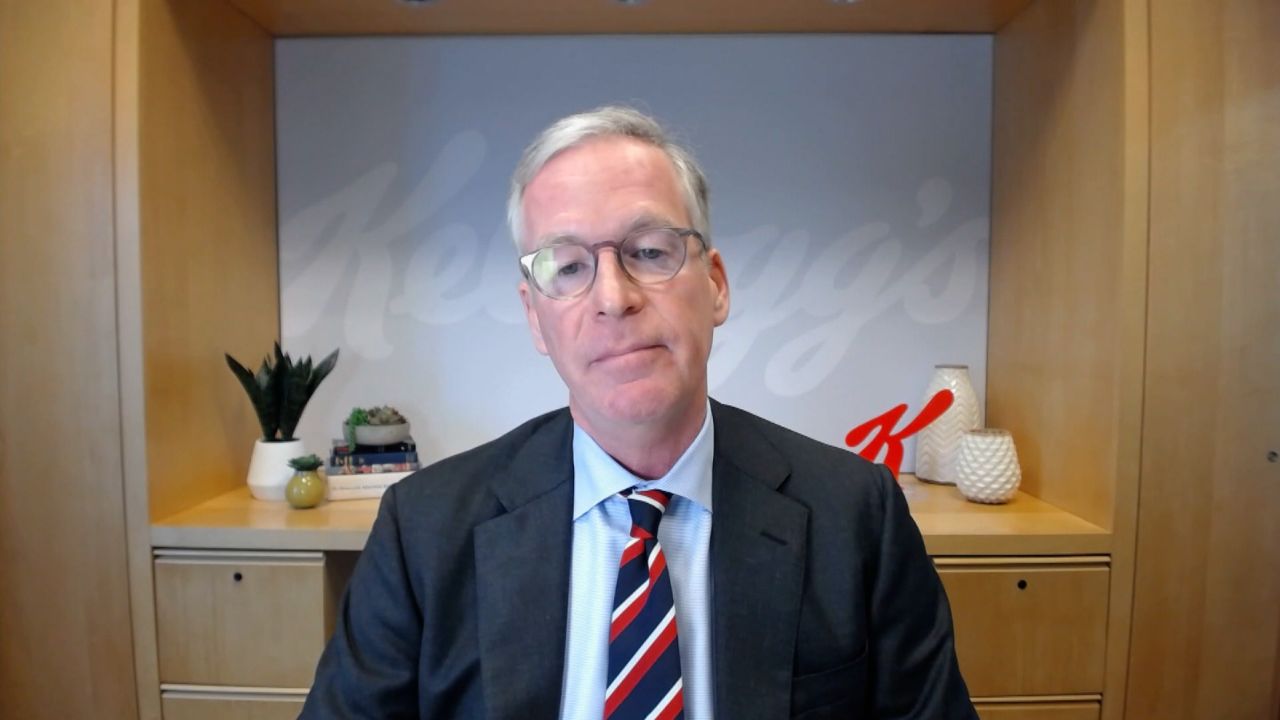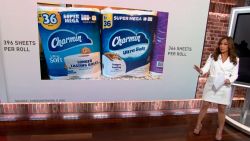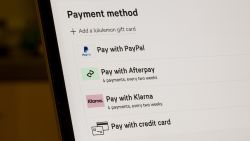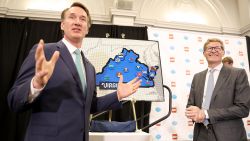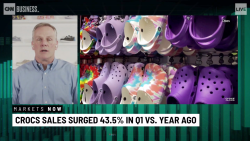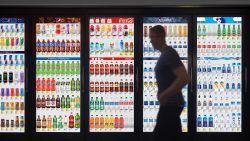Expect to see more bright-red “Rollback” signs at Walmart stores as inflation bites, the company said Thursday.
Rollbacks, or temporary price reductions on an item, are Walmart’s version of a sale. Walmart decides which products to drop prices on based on factors like discounts it receives from suppliers or excess inventory.
Walmart had more products on rollbacks last quarter compared to the previous one — and the the company will continue adding them to highlight value prices for shoppers.
“We use rollbacks to communicate not only the reality of prices are coming down at some places, but the emotion or perception we want customers to have about us,” Walmart CEO Doug McMillon said on a post-earnings conference call with analysts.
It’s just one of the strategic tools retailers are deploying to entice shoppers frustrated about spending more on groceries, gas and goods. Rollbacks are as much a marketing tool for Walmart to sharpen its value position as they are a cost-saving tool for consumers. Prices are still creeping up at Walmart, albeit at a slower rate than many supermarkets and other chains, analysts say.
Walmart, the largest US retailer, leverages a pricing strategy known as everyday low prices (EDLP). The company keeps its prices consistent and doesn’t offer as many coupons, promotions or sales events — like those that many supermarkets rivals rely on for what’s known as a “high-low pricing model.” If Walmart were to all of a sudden ramp up discounts, it would undermine its message of consistency.
“EDLP is our pricing philosophy… so our customers trust that our prices will not change under frequent promotional activity,” Walmart says in filings.
‘Everyday low prices’
Walmart’s model minimizes marketing costs and makes it easier to predict consumer demand. But it also means Walmart can’t create as much excitement and drive traffic with big sales events.
Retailers’ pricing models are taking on increased significance as inflation rises at its fastest pace in decades. Raising prices too high or losing value in shoppers’ eyes could impact their perceptions of stores and lead them to shop elsewhere.
Praveen Kopalle, a professor of marketing at Dartmouth University who studies prices, said that consumers “get an extra delight” with promotions during inflationary periods because they are expecting higher prices.
Still, promotions are 60% of what they were before the pandemic, according to KK Davey, the president of client engagement at IRI. Consumers are not seeing the frequency of deals or the depths of the discounts they’re used to, Davey added.
While consumer spending remains strong, companies and economists expect shoppers to pull back in some areas as products become more expensive.
Other stores are also trying to advertise to customers that they’re offering goods at bargains. For example, supermarket chain Winn-Dixie recently announced it is lowering the cost of 150 popular items by roughly 18% to ease inflation’s burden on shoppers.

